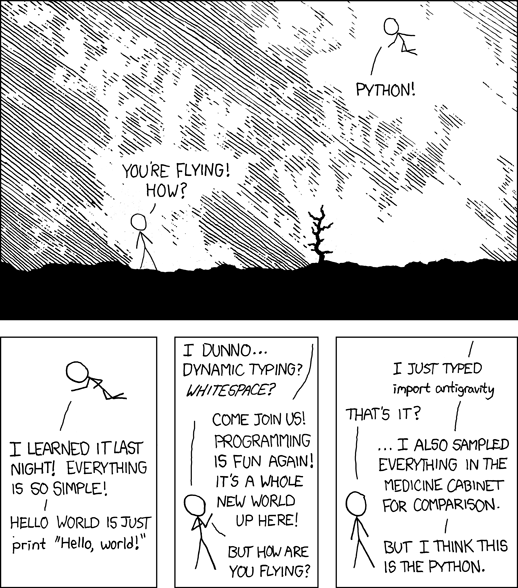| # SPDX-FileCopyrightText: 2023 anecdata | |
| # | |
| # SPDX-License-Identifier: MIT | |
| import json | |
| import microcontroller | |
| import supervisor | |
| from ⚙️ import * |
Start by checking that there aren't any previous ssh keys inside the FIDO2 authenticator of your YubiKey. You can check if they exist by running the command below:
nix shell nixpkgs#yubikey-manager -c ykman fido credentials listIf the command above outputs a string mentioning "ssh" or "openssh", then you have already got a key generated and store on your YubiKey.
Before generating a new ssh key to store on your YubiKey you must consider which additional required authentication factors you want to use. Below you can see a table with the available factors and their corresponding command:
Intel HM77 (SLJ8C) platform controller hub
I measured the gap to be just a little bit higher than 0.15mm (I couldn’t fit the 0.2 filler gauge). So I tried to shim it with something, aluminum foil is definitely not enough you would need more than 10 layers. So the closest thing I had was a Coke can, I cut a square piece and remove the paint and inner coating with steel wool, trim it to 14x14mm.
it turned out to be 0.1mm, (don’t use 2 layers it will be too thick). add thermal paste to both sides. So the thermal paste only has to fill a gap about 0.025 on each side instead of a massive 0.2 gap.
| # Instructions: | |
| # | |
| # 1. Save this file as `{root}/.github/workflows/cicd.yml`. | |
| # 2. Set the `PYPI_USER` and `PYPI_PASS` secrets in your GitHub CI config. | |
| # 3. Update the `PYPACKAGE_NAME` declaration to the name you want to use in PyPi. | |
| # | |
| # Public Gist: https://gist.github.com/aaronsteers/f3eec4db94d3db1de78b76b3318e9e33 | |
| name: Python CI/CD | |
| env: |
Here's a list of mildly interesting things about the C language that I learned mostly by consuming Clang's ASTs. Although surprises are getting sparser, I might continue to update this document over time.
There are many more mildly interesting features of C++, but the language is literally known for being weird, whereas C is usually considered smaller and simpler, so this is (almost) only about C.
1. Combined type and variable/field declaration, inside a struct scope [https://godbolt.org/g/Rh94Go]
struct foo {
struct bar {
int x;| - translate all the slide/notes up to and excluding sem API (Vlada) | |
| - translate all the remaining slides for sem API (Jan) | |
| - move System V semaphore API to the appendix, do not translate (Jan) | |
| - change System V sem API in the Syllabus to POSIX sem API (Vlada) |
Among computer programmers, a “gotcha” has become a term for a feature of a programming language that is likely to play tricks on you to display behavior that is different than what you expect.
Just as a fly or a mosquito can “bite” you, we say that a gotcha can “bite” you. So, let's proceed to examine some of Python's gotchas !

